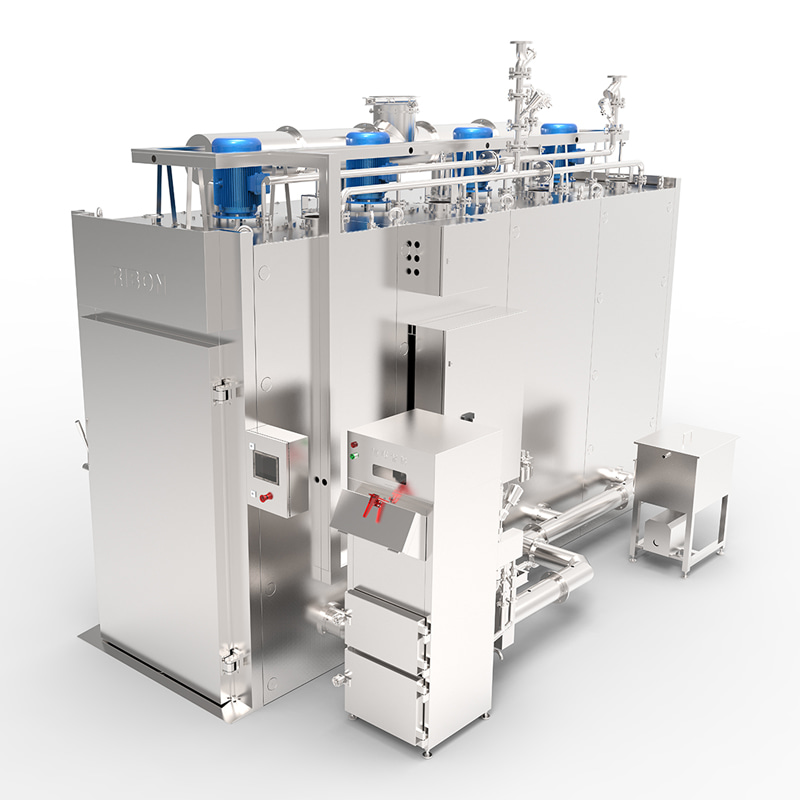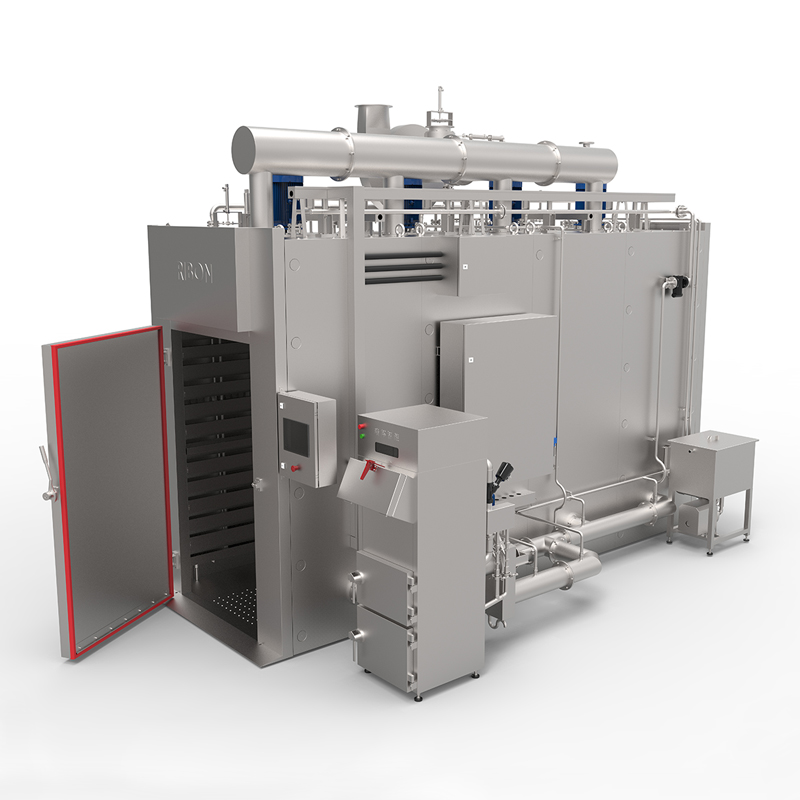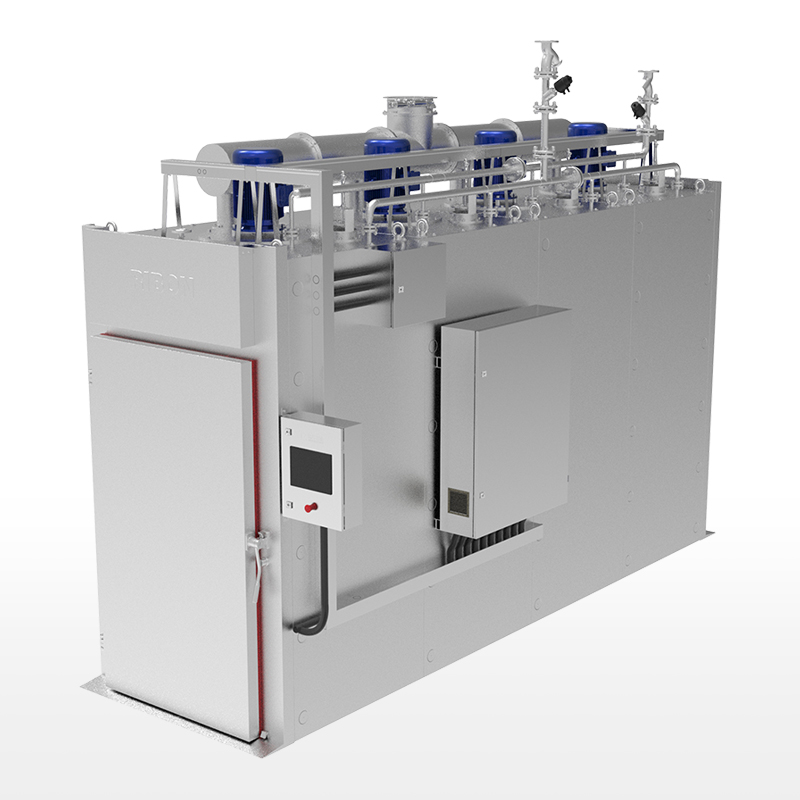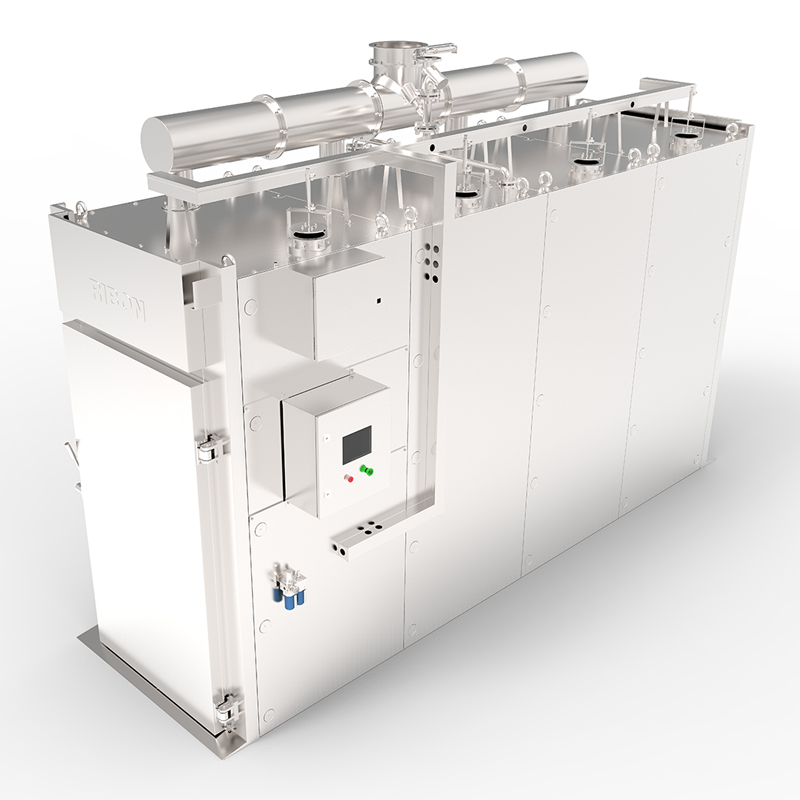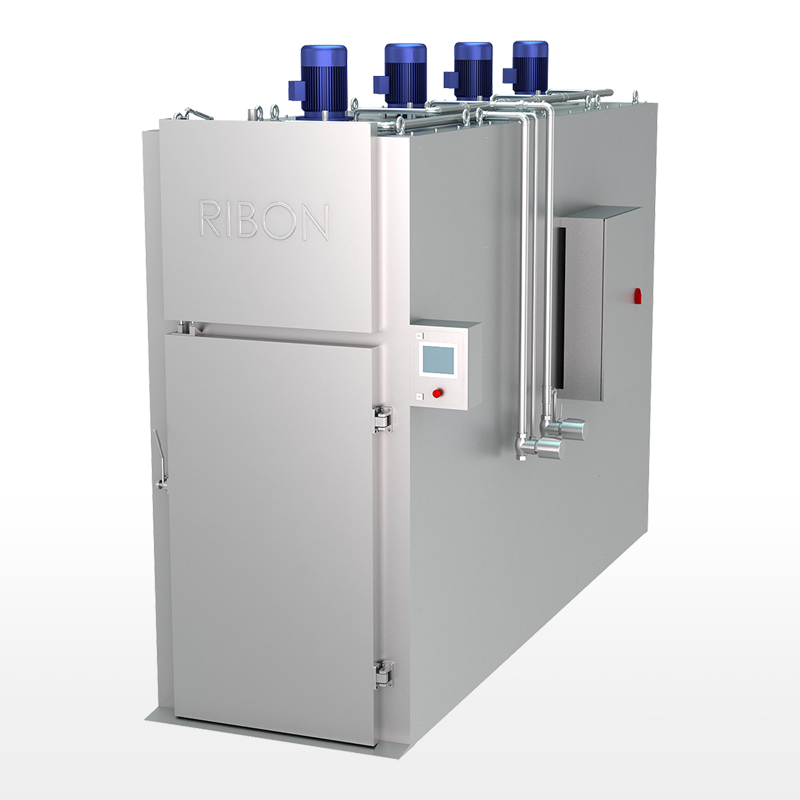1. Performance and Power
The effectiveness of a vacuum tumbling machine hinges on its ability to create and maintain a consistent vacuum.
-
Vacuum Pump: This is the heart of the machine. Look for a powerful, high-quality vacuum pump that can quickly pull a deep vacuum. A strong vacuum is essential for opening up muscle fibers, allowing marinades to penetrate deeply and evenly. The pump's reliability and ease of maintenance are critical for minimizing downtime.
-
Motor and Drive System: The motor dictates the tumbling action. A robust motor ensures smooth and consistent rotation, which is vital for gently massaging the product without causing damage. Variable speed control is a valuable feature, allowing you to adjust the RPM for different products, from delicate fish to dense cuts of beef.
2. Design and Construction
The physical design of the tumbler directly impacts its efficiency, durability, and most importantly, hygiene.
-
Material: The industry standard is food-grade stainless steel, typically 304 or 316. This material is not only durable and corrosion-resistant but also non-porous and easy to sanitize, which is crucial for preventing bacterial growth and meeting food safety regulations.
-
Drum Shape and Internal Baffles: The shape of the drum and the design of its internal baffles or paddles are crucial. These components are responsible for the "lifting and dropping" action that tumbles the product. A well-designed drum ensures every piece of meat, no matter its size or location in the batch, is evenly exposed to the marinade. Look for drums that are easy to access and have removable paddles for thorough cleaning.
-
Tilting Mechanism: A manual or hydraulic tilting drum makes loading and unloading much easier and safer, especially with heavy batches. This feature also aids in draining and cleaning.
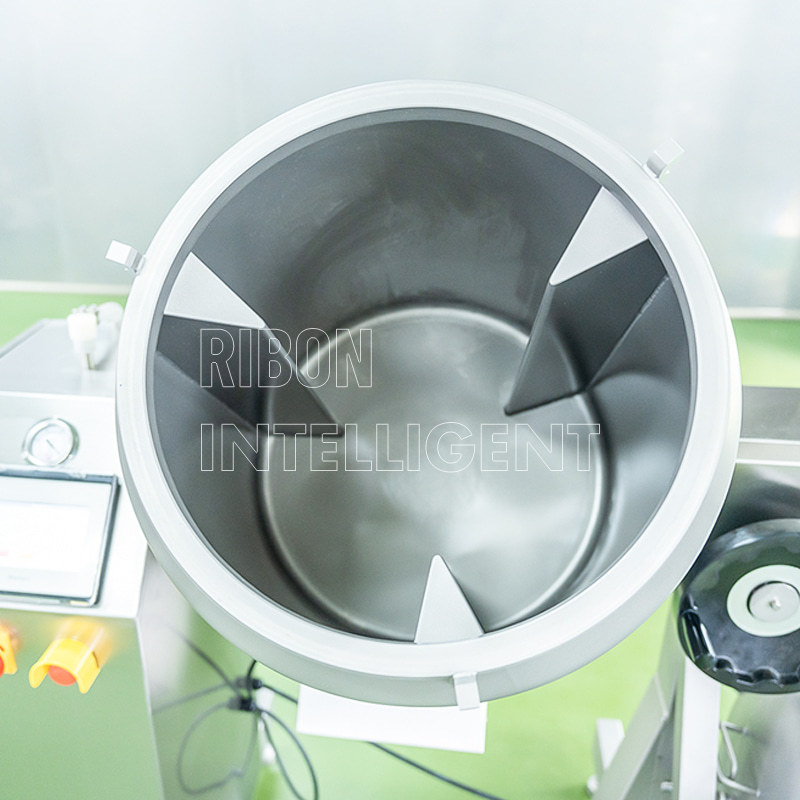
3. Control and Customization
For consistent results batch after batch, the machine’s control system is your best friend.
-
User-Friendly Interface: Modern tumblers often feature touch-screen controls or a clear, digital display. This makes it easy for operators to set and monitor the tumbling process.
-
Programmable Controls: The most professional machines come with a Programmable Logic Controller (PLC). This allows you to create and save specific programs for different products. You can set precise vacuum levels, tumbling times, and rest periods, ensuring that a brisket, a chicken breast, and a pork loin are each processed with the exact parameters they require for optimal texture and flavor.
-
Safety Features: Look for a machine with a secure lid lock and an emergency stop button. These features protect both the operator and the equipment, ensuring a safe working environment.
4. Size and Capacity
Choosing the right size is about more than just fitting the machine in your space; it’s about optimizing your workflow.
-
Batch Size: Consider the typical size of your production batches. Tumblers come in a wide range of capacities, from small benchtop models for restaurants to large industrial units for factories. Select a machine that is appropriately sized for your needs. Tumbling a small batch in a large drum can be inefficient, while overfilling a small drum can damage the product and the machine.
By focusing on these core product features—performance, design, control, and size—you can make an informed decision and select a vacuum tumbler that will consistently deliver superior results for your business.





 English
English русский
русский Español
Español عربى
عربى
